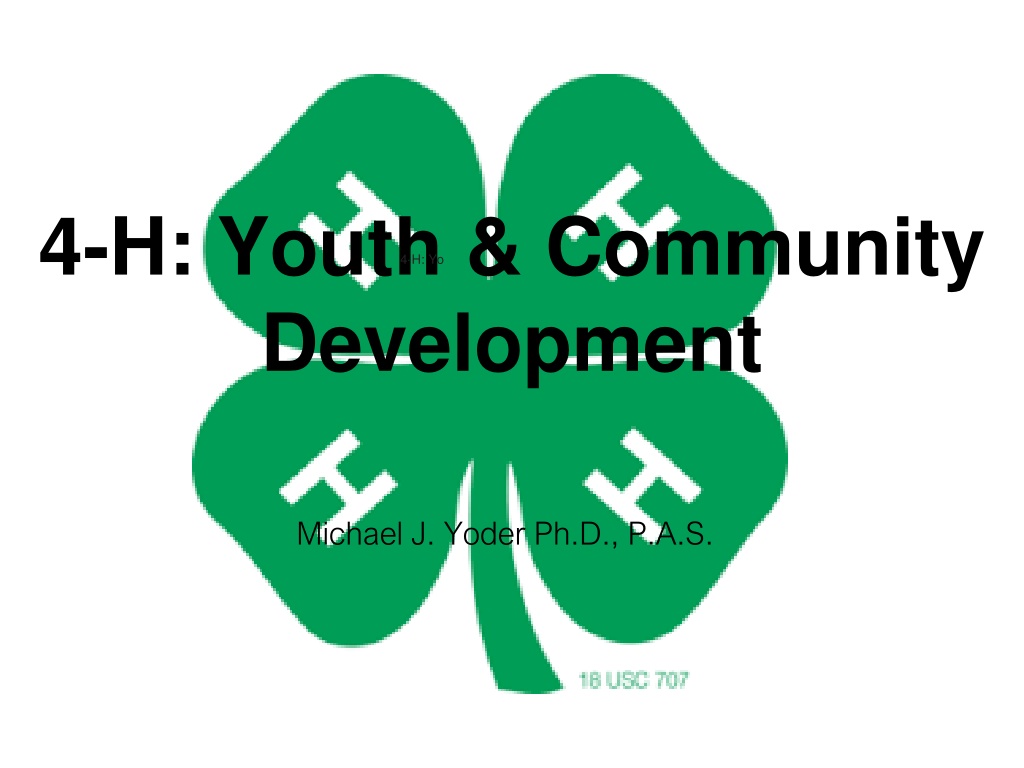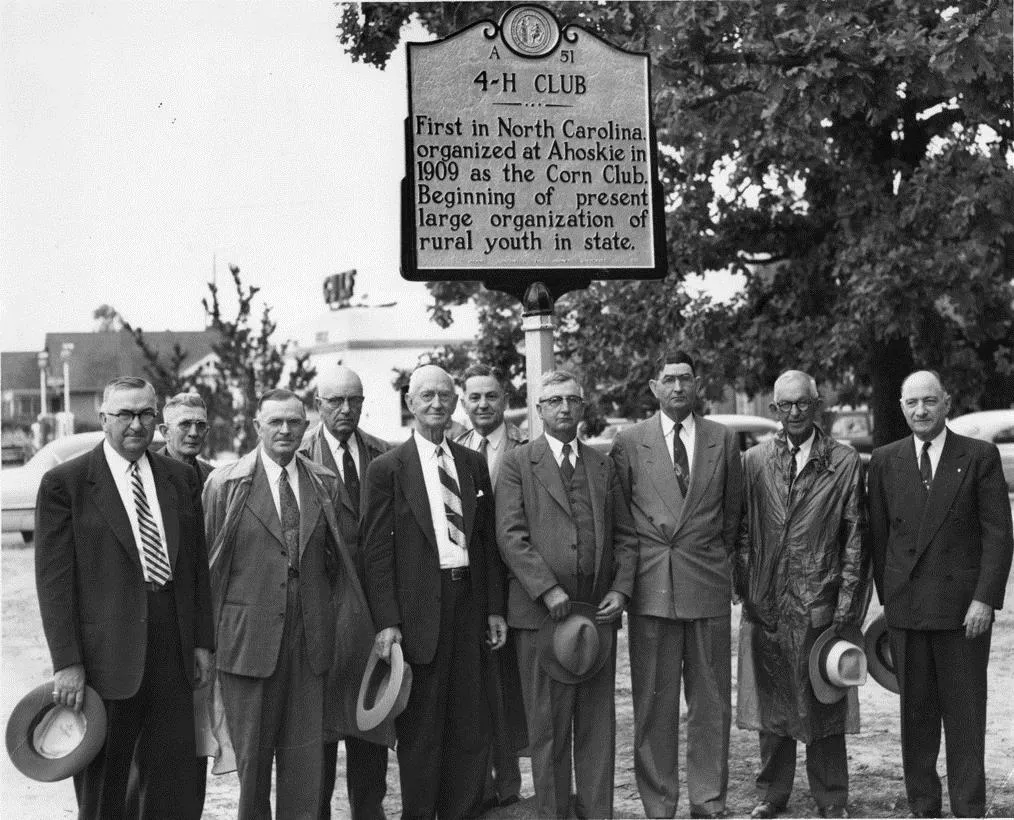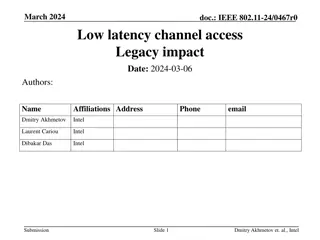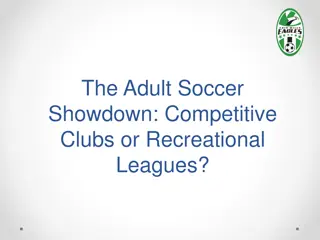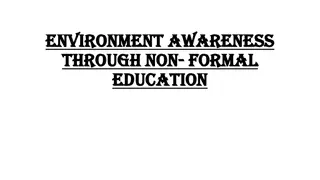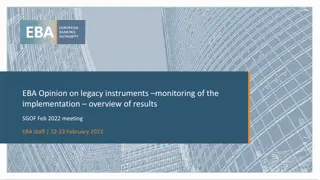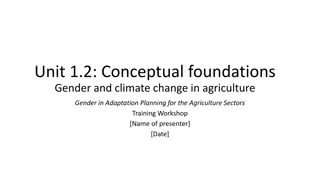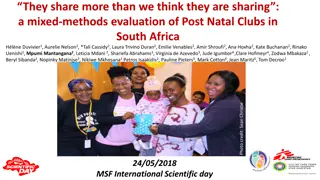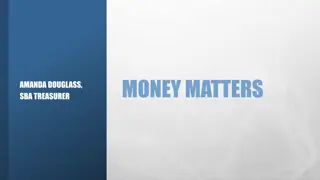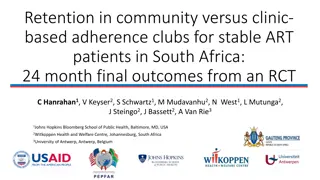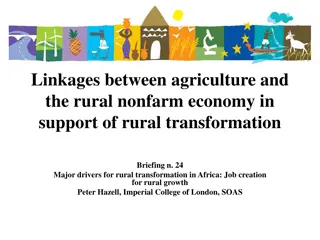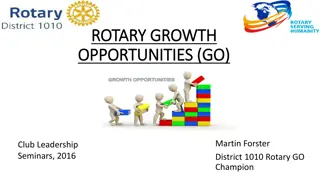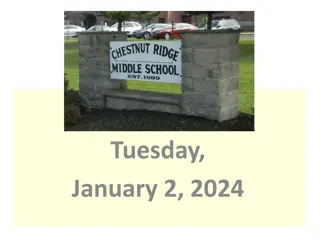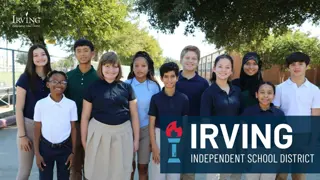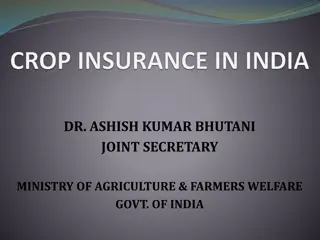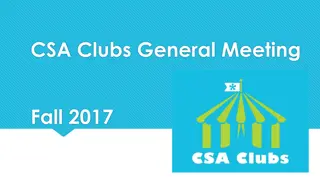Evolution of Agriculture Education: 4-H Clubs Legacy
Explore the historical perspective of 4-H clubs, from Corn Clubs in the late 1890s to Tomato Canning Clubs for young women in the South. Discover how these clubs promoted agricultural education, leadership development, and crop diversity, leaving a lasting legacy in the field.
Download Presentation

Please find below an Image/Link to download the presentation.
The content on the website is provided AS IS for your information and personal use only. It may not be sold, licensed, or shared on other websites without obtaining consent from the author.If you encounter any issues during the download, it is possible that the publisher has removed the file from their server.
You are allowed to download the files provided on this website for personal or commercial use, subject to the condition that they are used lawfully. All files are the property of their respective owners.
The content on the website is provided AS IS for your information and personal use only. It may not be sold, licensed, or shared on other websites without obtaining consent from the author.
E N D
Presentation Transcript
4-H: Youth & Community Development 4-H: Yo Michael J. Yoder Ph.D., P.A.S.
Historical Perspective Late 1890 s - Rural America 1901 - out of school clubs 1902 - predecessors of first 4- H clubs, 3-leaf clover designed; corn contests 1904-1915 - Corn Clubs: Indiana, Iowa, southern states
Why Corn Clubs Many farmers were most easily interested in better methods of corn production through their sons. USDA s desire to educate future farmers in better agricultural practices.
The Corn Clubs Legacy Increased demand for agricultural education 4-H and FFA: youth education and leadership development Promoted application of biotechnology and best management practices Extension model for dissemination of information.
Tomato Canning Clubs Also known as tomato clubs' throughout the South, these organizations were established for young women as the counterpart to boys' corn clubs;' all were part of a Southern initiative overseen by the United States Department of Agriculture (USDA) to encourage crop diversity and mitigate the impact of the boll weevil. -Moore, 2001-
Tomato Canning Clubs Moore says that the Progressive reformers' real aim in recruiting girls into tomato clubs was to convince their mothers that the girls needed education. -Moore, 2001-
Pedagogy and the Corn and Tomato Clubs To teach the value of intellectual guidance, careful observation, cultural comparison and investigation, and the need of a broader education, for the farming population.
4-H: Youth & Community Development 4-H is the nation s largest positive youth development and youth mentoring organization, empowering seven million young people in the U.S. In partnership with 110 universities Available through 4-H clubs, camps, after-school & school enrichment programs In every county & parish in the U.S.
4-H and the Land Grant Mission Liberal Arts, Agricultural and the Mechanic Arts. Embraced by the rural community - the people s college Meeting the needs of society. <2% of Americans make their living on a farm. STEM, Robotics, Environmental Education, Animal and Plant Programs, Leadership, etc Emphasis is still on lifeskill development.
4-H: Youth & Community Development Four times more likely to make contributions to their communities (Grades 7-12); Two times more likely to be civically active (Grades 8-12); Two times more likely to make healthier choices (Grade 7); Two times more likely to participate in Science, Engineering and Computer Technology programs during out-of-school time (Grades 10 12); and 4-H girls are two times more likely (Grade 10) and nearly three times more likely (Grade 12) to take part in science programs compared to girls in other out-of-school time activities.
The potential for change is a core strength of all youth a strength that can be built upon. This strength is cause for optimism for it means we can positively influence the life paths of all children. Lerner, 2013
Questions? Questions?
